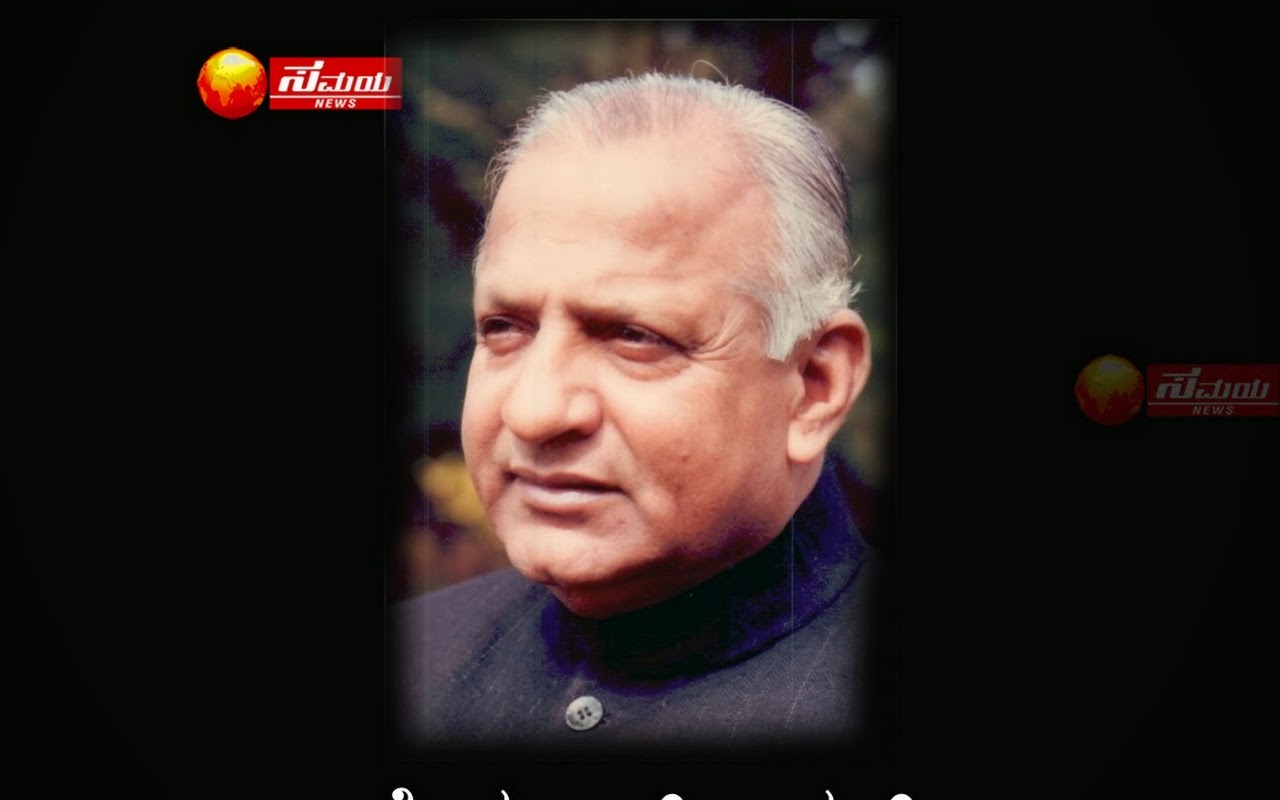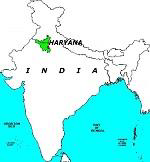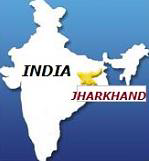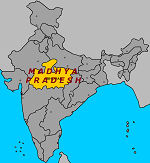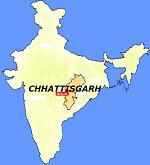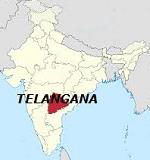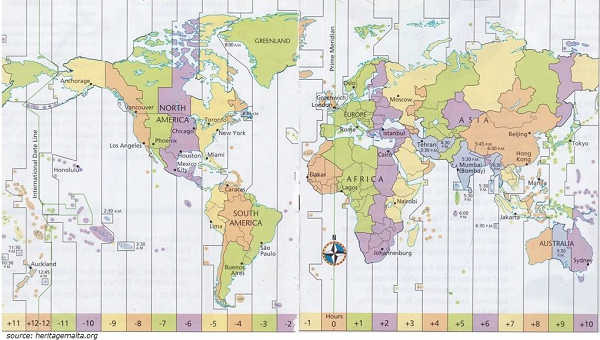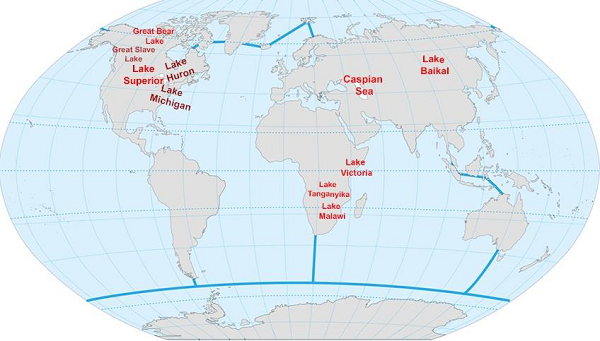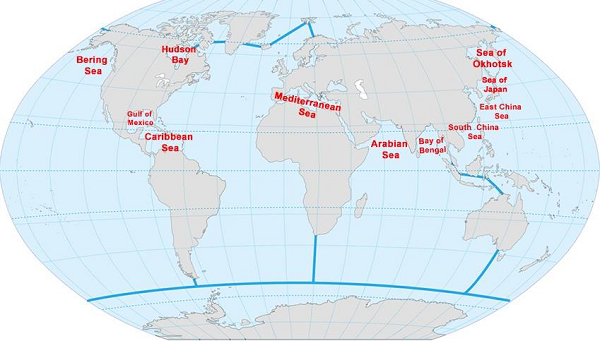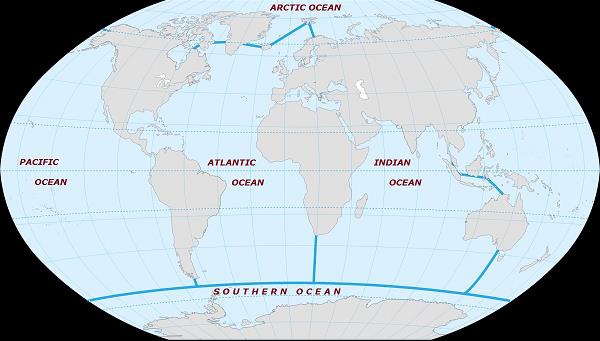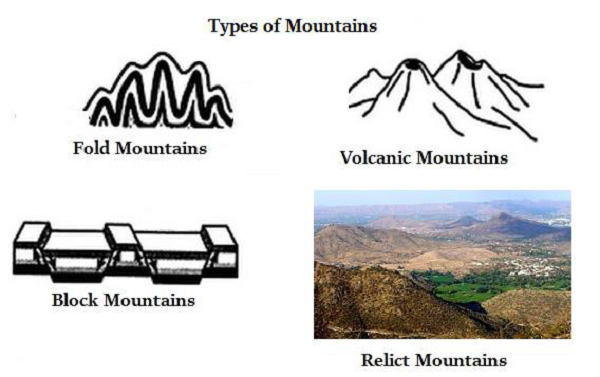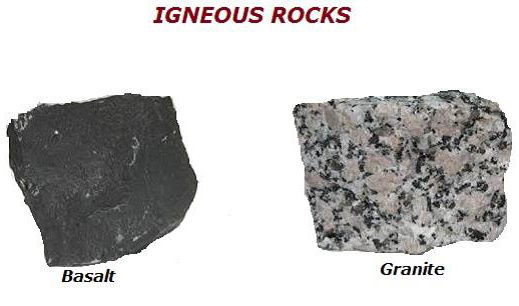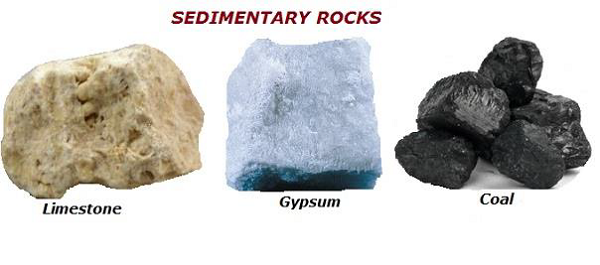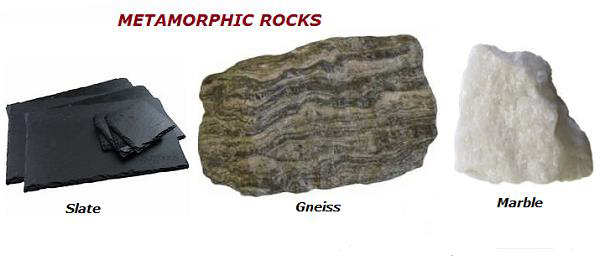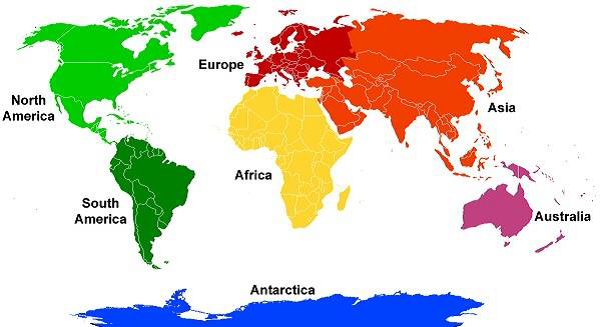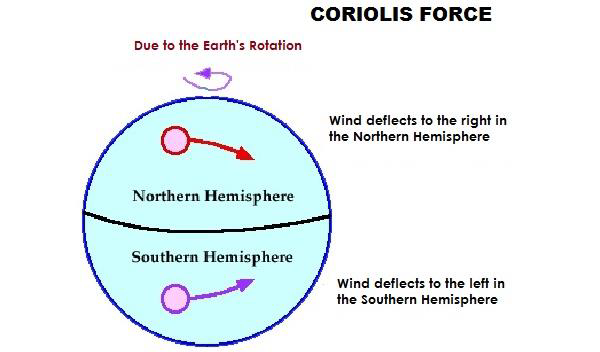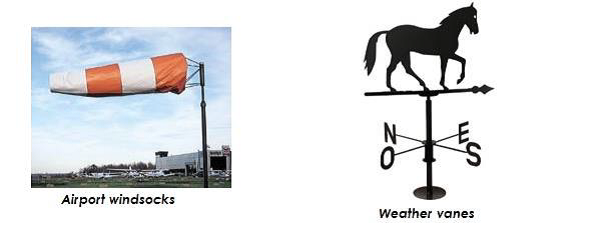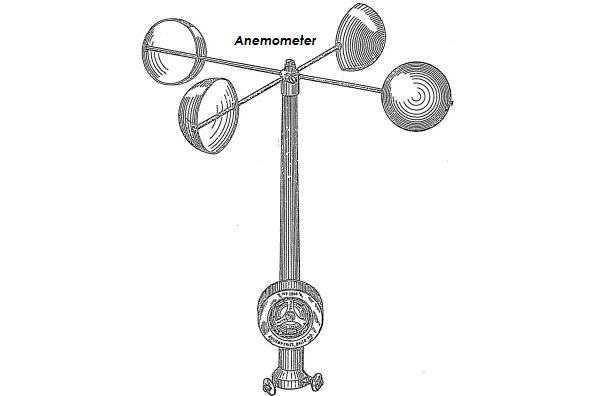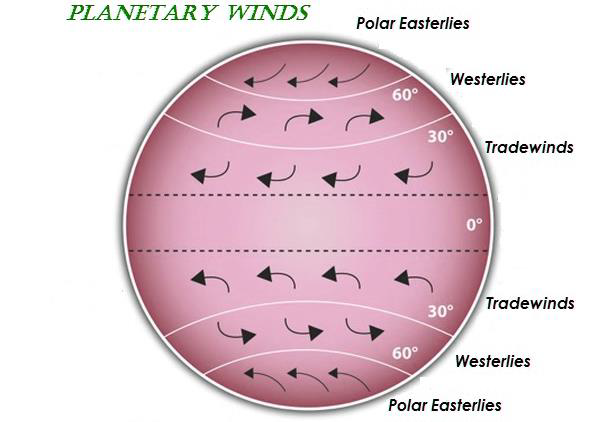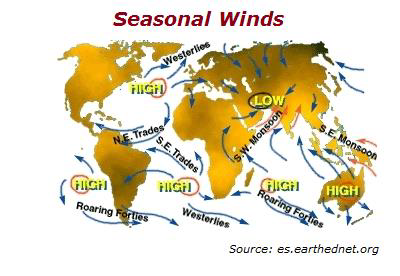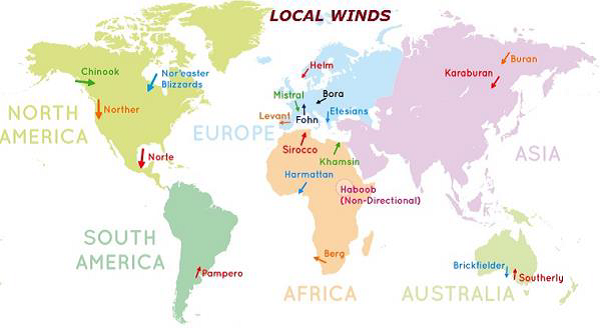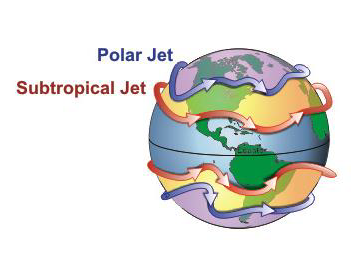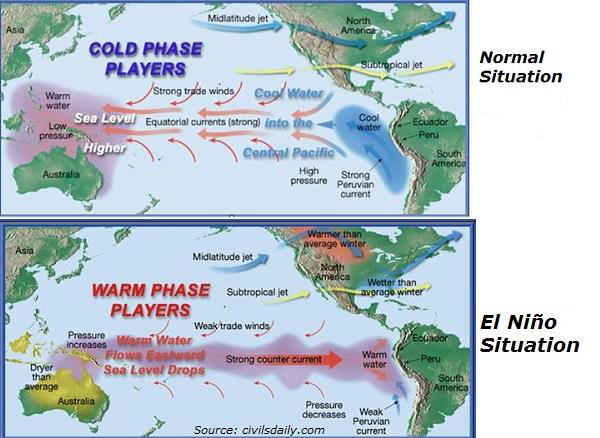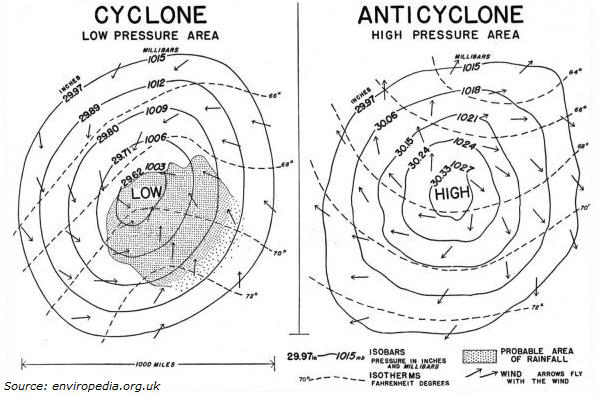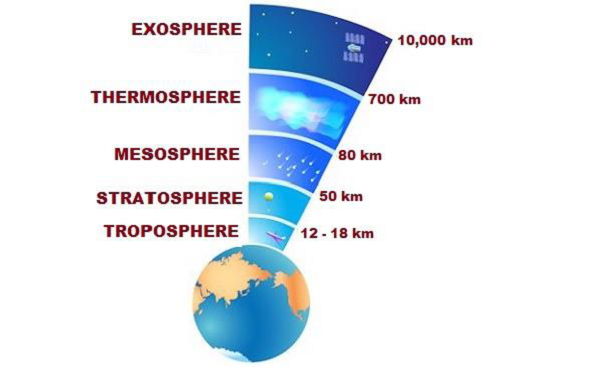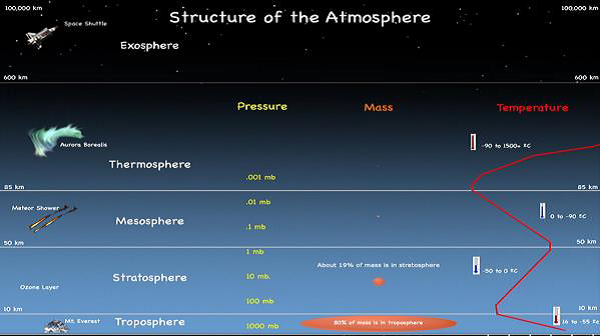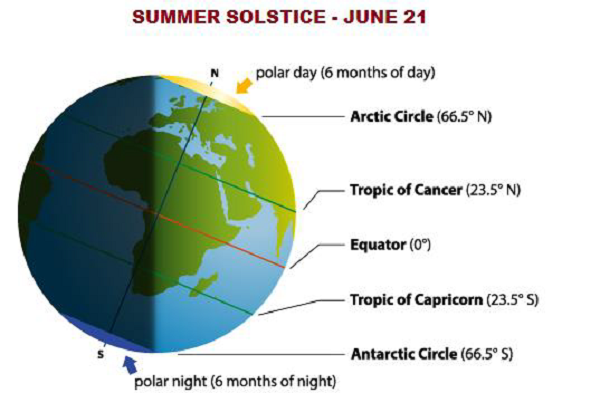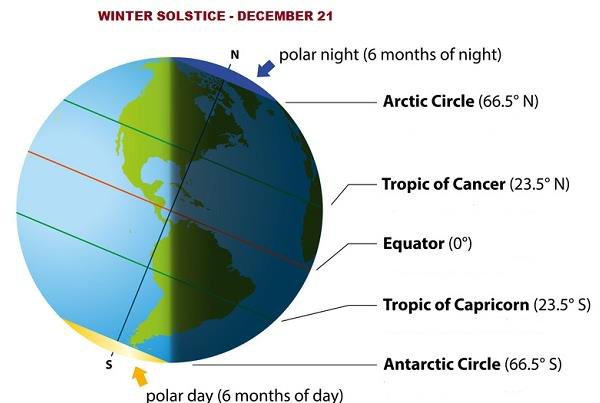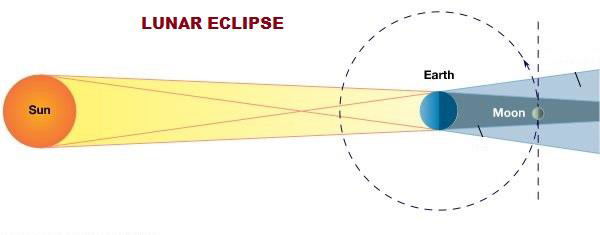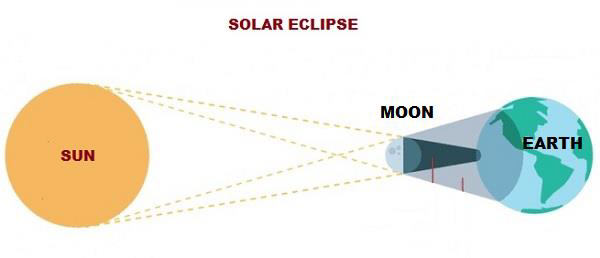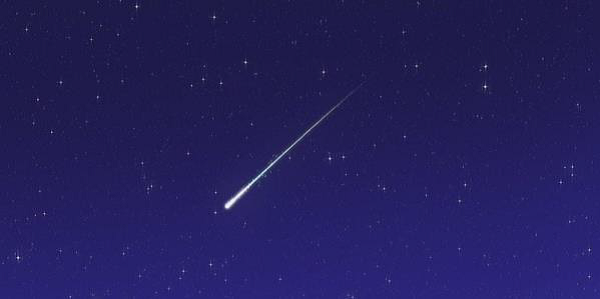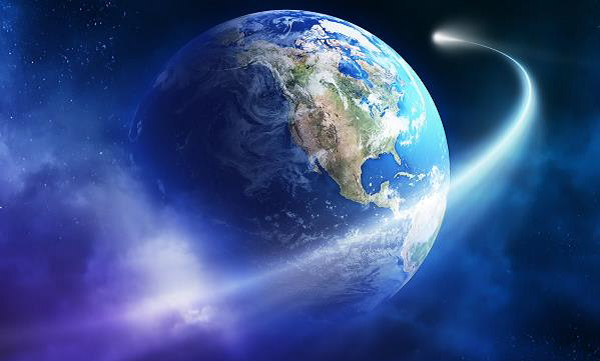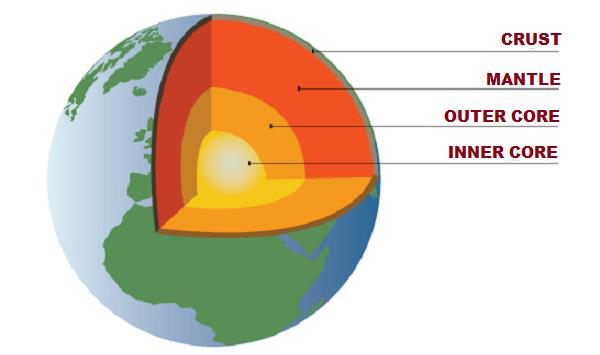ಪೆಂಟಗನ್ ಇತ್ತೀಚೆಗೆ ಅಧ್ಯಕ್ಷರ ಪರಮಾಣು ಫುಟ್ಬಾಲ್ ಸುತ್ತಲಿನ ಸುರಕ್ಷತಾ ಪ್ರೋಟೋಕಾಲ್ಗಳನ್ನು ಮೌಲ್ಯಮಾಪನ ಮಾಡುವುದಾಗಿ ಹೇಳಿದೆ. ಇದು ಸ್ಟ್ರೈಕ್ಗೆ ಅಗತ್ಯವಿರುವ ಕೋಡ್ಗಳನ್ನು ಒಳಗೊಂಡಿದೆ. ಜನವರಿ 6, 2021 ರಂದು ಕ್ಯಾಪಿಟಲ್ಗೆ ನುಗ್ಗಿದ ದಂಗೆಕೋರರ ವ್ಯಾಪ್ತಿಯಲ್ಲಿ ಒಂದು ಬ್ರೀಫ್ಕೇಸ್ ಬಂದ ನಂತರ ಇದು ಸಂಭವಿಸಿತು.
ನ್ಯೂಕ್ಲಿಯರ್ ಫುಟ್ಬಾಲ್ ಒಂದು ಬ್ರೀಫ್ಕೇಸ್ ಆಗಿದ್ದು ಅದು ಯುನೈಟೆಡ್ ಸ್ಟೇಟ್ಸ್ನ ಅಧ್ಯಕ್ಷರು ಬಳಸಬೇಕಾದ ವಸ್ತುಗಳನ್ನು ಒಳಗೊಂಡಿದೆ, ಇದರಿಂದಾಗಿ ಅವನು/ಅವಳು ಪರಮಾಣು ಕಮಾಂಡ್ ಸೆಂಟರ್ಗಳಿಂದ ದೂರದಲ್ಲಿರುವಾಗ ಯಾವುದೇ ಪರಮಾಣು ದಾಳಿಯನ್ನು ಅಧಿಕೃತಗೊಳಿಸಬಹುದು.
ಯುನೈಟೆಡ್ ಸ್ಟೇಟ್ಸ್ನ ಅಧ್ಯಕ್ಷರು ಮಿಲಿಟರಿ ನೆರವಿನೊಂದಿಗೆ, ಯಾವಾಗಲೂ ಪರಮಾಣು ಶಸ್ತ್ರಾಸ್ತ್ರಗಳ ಉಡಾವಣಾ ಸಂಕೇತಗಳನ್ನು ಒಳಗೊಂಡಿರುವ ಫುಟ್ಬಾಲ್ ಅನ್ನು ಒಯ್ಯುತ್ತಾರೆ.
ರಾಷ್ಟ್ರಪತಿಗಳಿಗೆ ಪರಮಾಣು ಅಸ್ತ್ರವನ್ನು ಉಡಾಯಿಸುವ ಸಂಪೂರ್ಣ ಅಧಿಕಾರವಿದೆ. ಇದಕ್ಕಾಗಿ ಅವರು ಈ ಕೆಳಗಿನ ಹಂತಗಳನ್ನು ಅನುಸರಿಸುತ್ತಾರೆ
i) ಸಲಹೆಗಾರರೊಂದಿಗೆ ಭೇಟಿ: ಅಧ್ಯಕ್ಷರು ಸಲಹೆಗಾರರನ್ನು ಭೇಟಿಯಾಗುತ್ತಾರೆ ಅಥವಾ ಫೋನ್ ಕರೆ ಮೂಲಕ ನಡೆಸಬಹುದು. ಕ್ಷೇತ್ರದಲ್ಲಿ ಇರುವವರ ಅಂತಿಮ ಮಾತು ಕೂಡ ಮುಖ್ಯವಾಗಿದೆ. ಇದಲ್ಲದೆ ಅವರು ಅವನನ್ನು/ಅವಳನ್ನು ನೆಲದ ವಾಸ್ತವತೆಯ ಬಗ್ಗೆ ಅಪ್ಡೇಟ್ ಮಾಡುತ್ತಾರೆ
ii) ಲಾಂಚ್ ಆರ್ಡರ್ ನೀಡಲಾಗಿದೆ: ಇದನ್ನು ಸುರಕ್ಷಿತ ಸ್ಟೇಷನ್ ಅಥವಾ ಪೋರ್ಟಬಲ್ ನ್ಯೂಕ್ಲಿಯರ್ ಫುಟ್ಬಾಲ್ ನೀಡಲಿದೆ. ಅಧ್ಯಕ್ಷರ ಗುರುತನ್ನು ದೃ isೀಕರಿಸಲಾಗಿದೆ ಮತ್ತು ಉಡಾವಣಾ ಸಂಕೇತಗಳನ್ನು ಪೆಂಟಗನ್ನ ಯುದ್ಧ ಕೋಣೆಗೆ ಕಳುಹಿಸಲಾಗುತ್ತದೆ.
iii) ಆದೇಶ ಹೊರಬಿದ್ದಿದೆ: ಪೆಂಟಗನ್ನಲ್ಲಿನ ವಾರ್ ರೂಮ್ ಲಾಂಚ್ ಆರ್ಡರ್ಗಳನ್ನು ಎನ್ಕ್ರಿಪ್ಟ್ ಮಾಡಿದೆ, ಇದರಲ್ಲಿ ಗುರಿಗಳು, ಉಡಾವಣೆ ಮಾಡಲು ಸಮಯ ಮತ್ತು ಕ್ಷಿಪಣಿಗಳನ್ನು ಅನ್ಲಾಕ್ ಮಾಡಲು ದೃಶ್ಯೀಕರಣ ಕೋಡ್ಗಳು ಸೇರಿವೆ.
iv) ಲಾಂಚ್ ತಯಾರಿ: ಲಾಂಚ್ ಸಿಬ್ಬಂದಿ ದೃ coೀಕರಣ ಸಂಕೇತಗಳನ್ನು ಖಚಿತಪಡಿಸುತ್ತಾರೆ ಮತ್ತು ಕ್ಷಿಪಣಿಗಳನ್ನು ಅನ್ಲಾಕ್ ಮಾಡಲು ಗುರಿ ಮಾಹಿತಿಯನ್ನು ನಮೂದಿಸುತ್ತಾರೆ. ಆದಾಗ್ಯೂ, ರಕ್ಷಣಾ ಕಾರ್ಯದರ್ಶಿಯ ಭಿನ್ನಾಭಿಪ್ರಾಯದಿಂದ ಅಧ್ಯಕ್ಷರ ಆದೇಶದ ಮೇಲೆ ಪರಿಣಾಮ ಬೀರಬಹುದು ಮತ್ತು ಉಪರಾಷ್ಟ್ರಪತಿ ತಿದ್ದುಪಡಿ 25 ರ ಸೆಕ್ಷನ್ 4 ರ ಅಡಿಯಲ್ಲಿ ರಾಷ್ಟ್ರಪತಿಯು ತನ್ನ ಕರ್ತವ್ಯಗಳನ್ನು ನಿರ್ವಹಿಸಲು ಅಸಮರ್ಥನೆಂದು ಘೋಷಿಸಬಹುದು. ಅಂತಹ ಸಂದರ್ಭಗಳಲ್ಲಿ ಮಾತ್ರ ಪರಮಾಣು ದಾಳಿಯನ್ನು ನಿಲ್ಲಿಸಬಹುದು.
v) ಪರಮಾಣು ಅಸ್ತ್ರವನ್ನು ಉಡಾಯಿಸಲಾಗಿದೆ
ವಾಷಿಂಗ್ಟನ್ ಡಿಸಿ ಯ ಯುನೈಟೆಡ್ ಸ್ಟೇಟ್ಸ್ ಕ್ಯಾಪಿಟಲ್ ನಲ್ಲಿ ಕಾಂಗ್ರೆಸ್ ಅಧ್ಯಕ್ಷರು ಮಾಜಿ ಅಧ್ಯಕ್ಷ ಡೊನಾಲ್ಡ್ ಟ್ರಂಪ್ ಅವರನ್ನು ಬೆಂಬಲಿಸುವ ಗುಂಪೊಂದು ದಾಳಿ ಮಾಡಿತು. ಚುನಾವಣಾ ಮತಗಳನ್ನು ಎಣಿಸುವ ಮೂಲಕ ಜೋ ಬಿಡೆನ್ ಅವರ ವಿಜಯವನ್ನು ಅನುಮೋದಿಸುವ ಕಾಂಗ್ರೆಸ್ ಜಂಟಿ ಅಧಿವೇಶನವನ್ನು ಅಡ್ಡಿಪಡಿಸುವ ಮೂಲಕ ಅಧ್ಯಕ್ಷೀಯ ಚುನಾವಣೆಯಲ್ಲಿ ಅವರ ಸೋಲನ್ನು ತಿರಸ್ಕರಿಸಲು ಅವರು ಬಯಸಿದರು.
ಅಧ್ಯಕ್ಷೀಯ ತುರ್ತುಸ್ಥಿತಿ ಸ್ಯಾಚೆಲ್ ಕಳೆದುಹೋದರೆ ಅಥವಾ ರಾಜಿ ಮಾಡಿಕೊಂಡಲ್ಲಿ ಪೆಂಟಗನ್ ಅಧಿಕಾರಿಗಳು ಎಷ್ಟು ಮಟ್ಟಿಗೆ ಪತ್ತೆ ಹಚ್ಚಬಹುದು ಮತ್ತು ಪ್ರತಿಕ್ರಿಯಿಸಬಹುದು ಎಂದು ಪೆಂಟಗನ್ ಹೇಳಿದೆ. ಆ ದಿನದಂದು ಉಪಾಧ್ಯಕ್ಷ ಮೈಕ್ ಪೆನ್ಸ್ ಬ್ಯಾಕ್ಅಪ್ ನ್ಯೂಕ್ಲಿಯರ್ ಫುಟ್ಬಾಲ್ ಹೊತ್ತ ಮಿಲಿಟರಿ ಸಹಾಯಕರ ಜೊತೆಗಿದ್ದರು, ಪೆಂಟಗನ್ ಅಂತಹ ಪರೀಕ್ಷೆಯನ್ನು ನಡೆಸಲು ಬಯಸುತ್ತದೆ.
